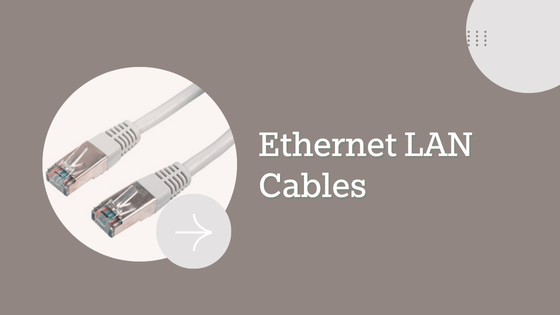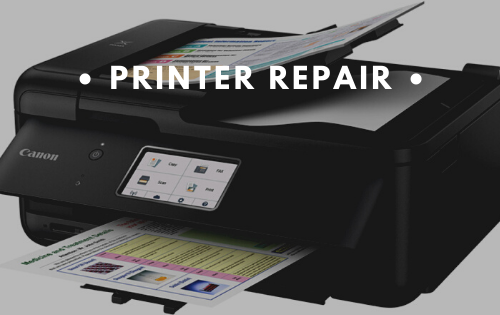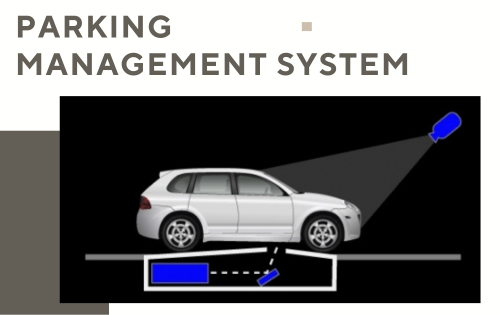
Different Types of LAN Cables
In today’s hyper-connected world, the humble LAN cable remains a critical backbone of digital infrastructure. Whether you’re streaming 4K content, managing a corporate network, or simply trying to reduce Wi-Fi lag, the right Ethernet cable can make a world of difference. But not all LAN cables are created equal. Understanding their differences is essential for choosing the right one for your needs—both now and in the future.
A Brief History of Ethernet and Cable Categories
LAN cables have evolved significantly since the early days of networking. The earliest Ethernet standards used coaxial cables, but as demand for faster, more reliable connections grew, twisted pair cables became the norm. These cables are categorized by performance levels, shielding, and bandwidth capacity. The ประเภทสายแลน most commonly used today include CAT5e, CAT6, CAT6a, CAT7, and CAT8—each offering distinct advantages depending on the application.
CAT5e, or Category 5 enhanced, was once the gold standard for home and small office networks. It supports speeds up to 1Gbps and is still widely used due to its affordability. However, as internet speeds and data demands have increased, newer categories like CAT6 and CAT6a have become more popular. CAT6 supports up to 10Gbps over short distances and offers better resistance to crosstalk. CAT6a improves on this with enhanced shielding and longer maximum cable runs at high speeds.
High-Performance Options for Demanding Environments
For environments that demand even more bandwidth and shielding—such as data centers, broadcast studios, or industrial settings—CAT7 and CAT8 cables are the go-to options. CAT7 supports up to 10Gbps over 100 meters and features individually shielded pairs for superior noise resistance. CAT8, the latest and most advanced standard, supports up to 40Gbps over 30 meters and is designed for ultra-high-speed applications like server-to-server communication.
These high-performance cables often come with a higher price tag and are typically overkill for casual users. However, for businesses or tech enthusiasts looking to future-proof their networks, the investment can be worthwhile. It’s also important to note that the connectors used—typically RJ45—must be compatible with the cable category to ensure optimal performance.

Shielding, Flexibility, and Installation Considerations
Beyond speed and bandwidth, LAN cables differ in terms of shielding and construction. Unshielded twisted pair (UTP) cables are common in residential settings where electromagnetic interference is minimal. In contrast, shielded twisted pair (STP) or foil-shielded cables are better suited for environments with high interference, such as near heavy machinery or fluorescent lighting.
Another factor to consider is the cable’s internal conductor type. Solid conductors are ideal for permanent installations, such as in-wall wiring, because they offer better performance over long distances. Stranded conductors, on the other hand, are more flexible and suited for patch cables or setups where the cable may be moved frequently.
Where to Buy Reliable LAN Cables
With so many options on the market, choosing a reliable supplier is just as important as selecting the right cable type. That’s where Personethshop comes in. Known for its curated selection of high-quality networking products, Personethshop offers a wide range of LAN cables across all major categories. Whether you’re looking for a basic CAT6 patch cable or a shielded CAT8 line for a server rack, their catalog is designed to help you make an informed, confident purchase.
Conclusion
Choosing the right LAN cable isn’t just about speed—it’s about matching the cable’s capabilities to your specific environment and future needs. From the budget-friendly CAT5e to the ultra-fast CAT8, each category serves a purpose. By understanding the differences in shielding, conductor type, and bandwidth, you can build a network that’s not only fast but also reliable and scalable. And with trusted vendors like Personethshop, you can be sure you’re getting the performance you pay for.



